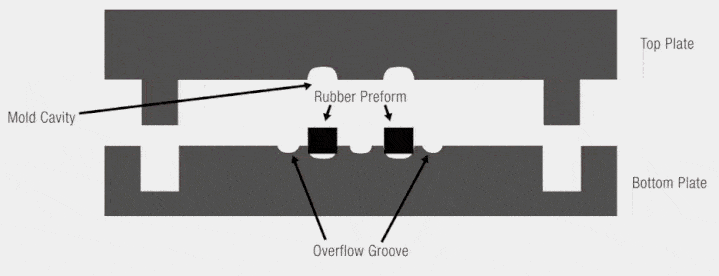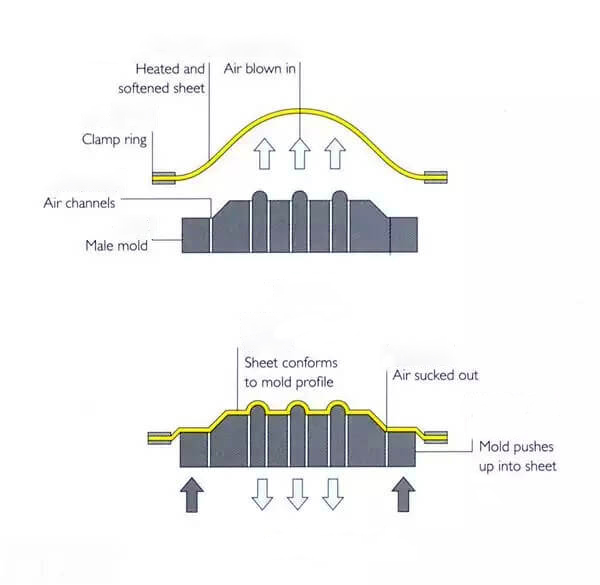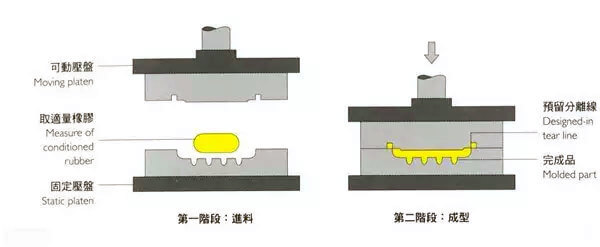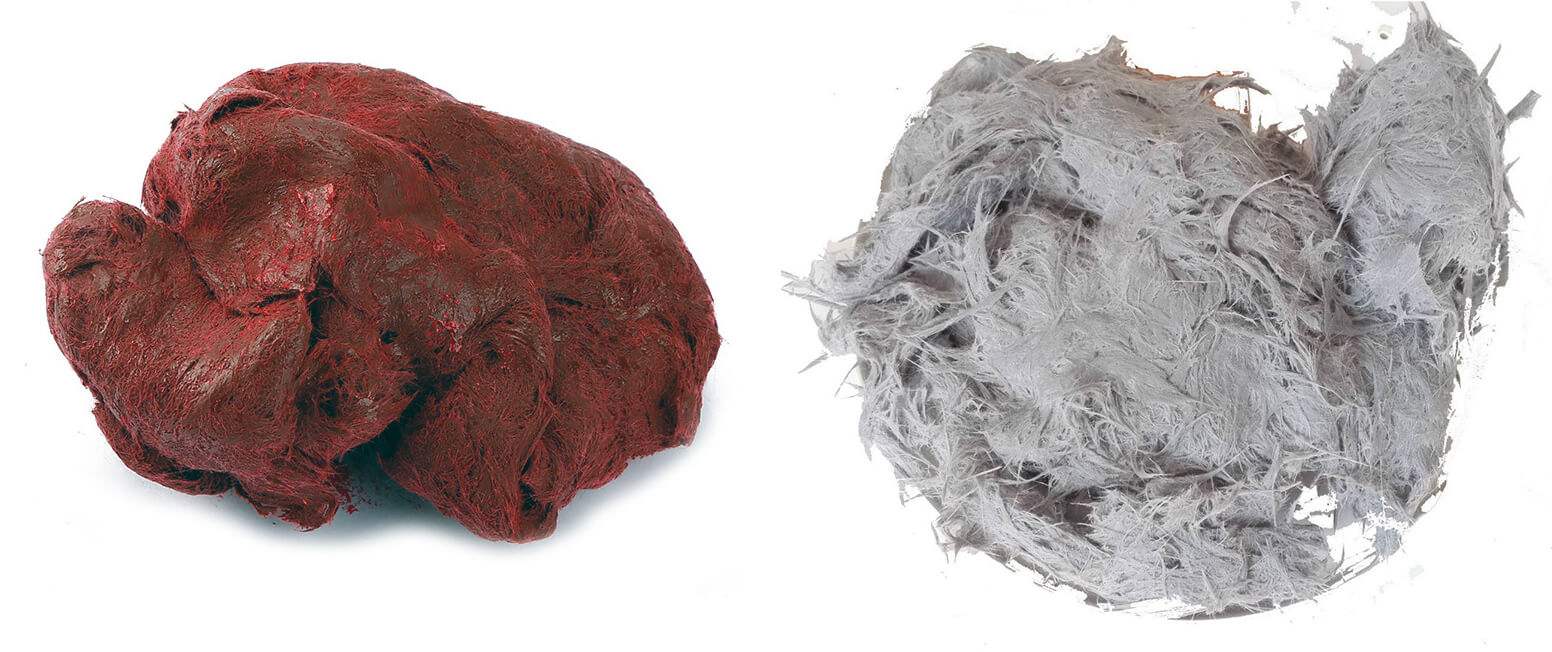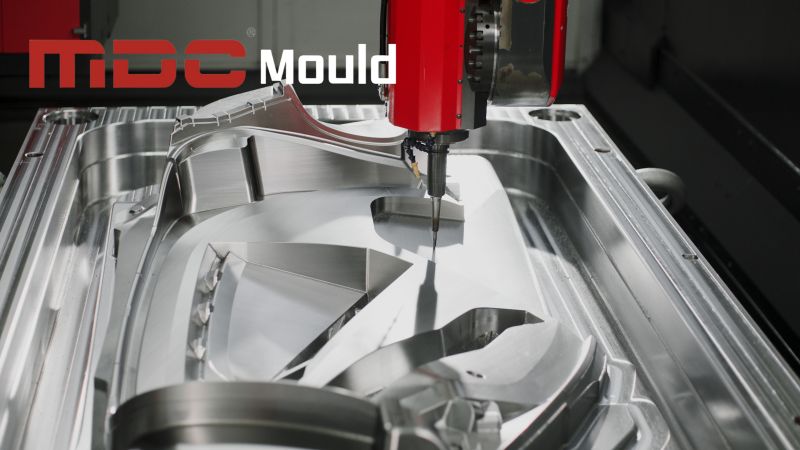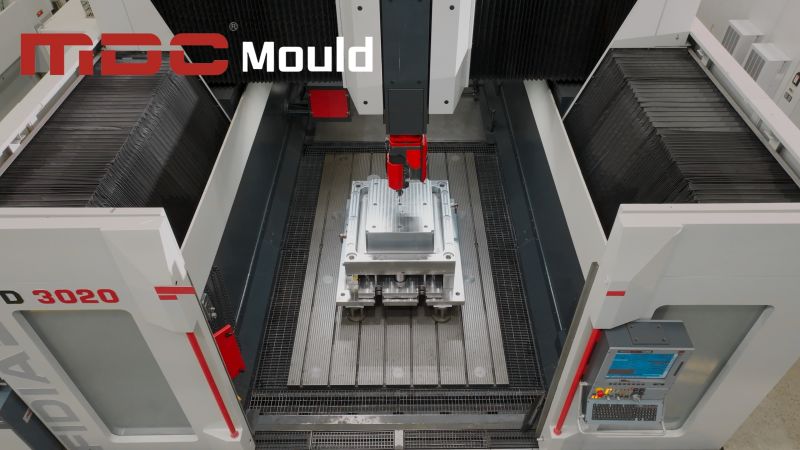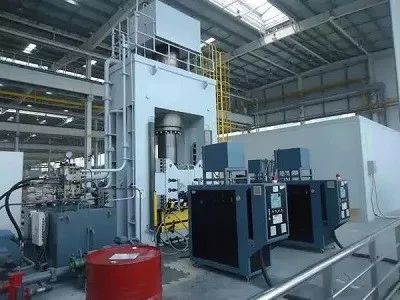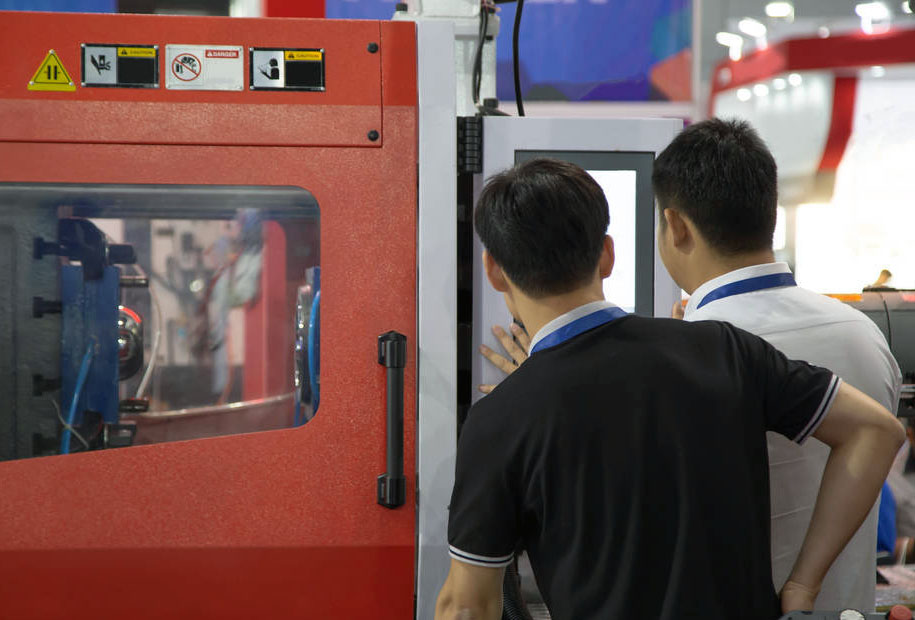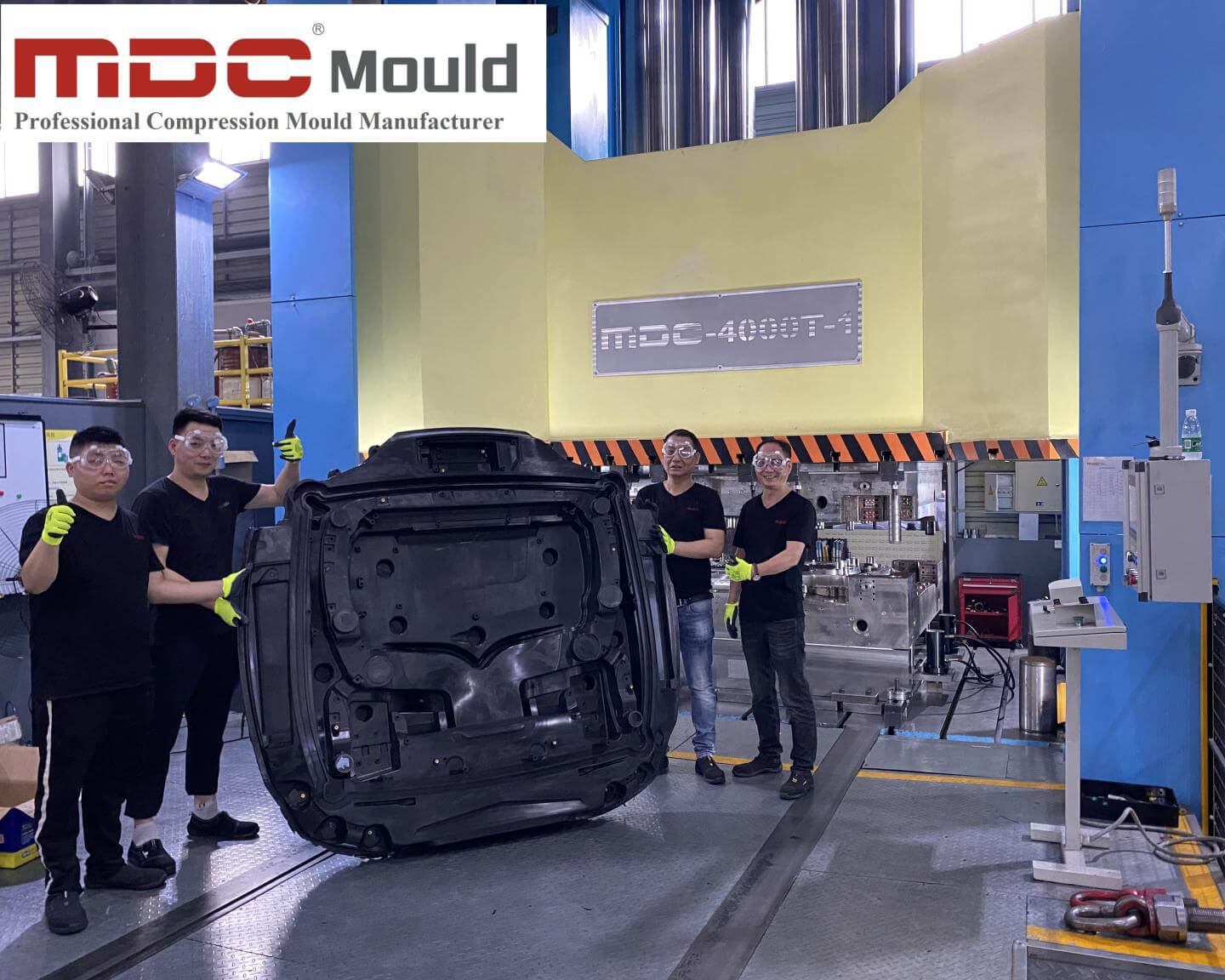Introduction
Demolding issues are common in mold manufacturing, leading to production delays and increased costs. MDC Mould, a leader in mold manufacturing, addresses these challenges with innovative solutions, advanced technologies, and superior mold design. This article explores how MDC Mould enhances the demolding process, ensuring efficient and reliable production.
Understanding Demolding Challenges
Demolding difficulties arise when molded parts adhere too strongly to the mold surface, making removal challenging. Factors contributing to this include material adhesion, poor mold design, surface condition, and temperature control. MDC Mould addresses these issues through innovative design, precision engineering, and advanced materials.
MDC Mould’s Solutions to Demolding Issues
1. High-Performance Mold Release Agents
MDC Mould integrates high-quality mold release agents to reduce friction between the mold and material. These agents are selected based on the specific material and application, ensuring optimal demolding performance and extending mold life.
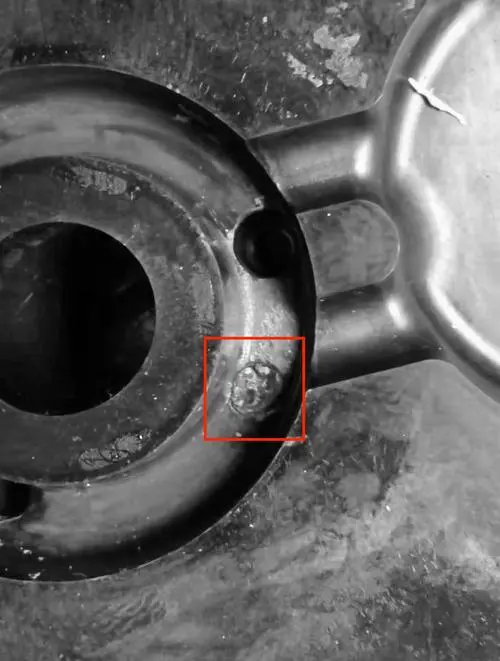
2. Optimized Mold Design
MDC Mould focuses on proper draft angles, smooth transitions, and manageable undercuts in their designs. By eliminating sharp edges and reducing complex geometries, MDC ensures easy and damage-free demolding.
3. Advanced Surface Treatments
MDC Mould applies advanced surface treatments, such as polishing and coating, to ensure a smooth, frictionless mold surface. These treatments improve demolding performance and enhance the quality of finished parts.
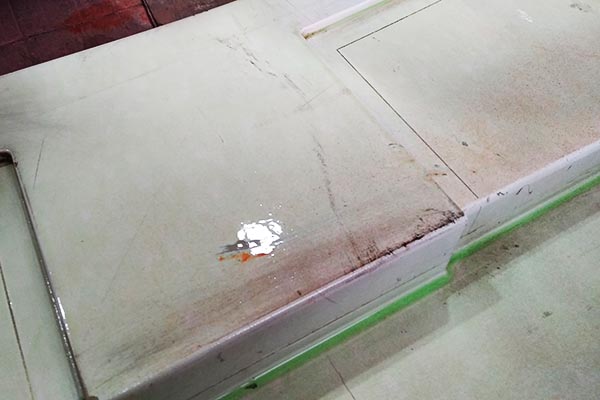
4. Precise Temperature Control
MDC Mould uses state-of-the-art heating and cooling systems to maintain optimal mold temperatures. Proper temperature control prevents issues such as warping and sticking, ensuring consistent and predictable demolding.
5. Custom Material Selection
MDC Mould collaborates with clients to select materials that are compatible with their molds. By choosing materials with lower adhesion properties, MDC ensures easy demolding without compromising quality.
6. Mechanical Ejection Systems
For complex molds, MDC Mould incorporates mechanical ejection systems like ejector pins or lifters. These systems provide additional force for smooth and efficient demolding, even with challenging molds.
Why Choose MDC Mould?
MDC Mould’s expertise in solving demolding challenges is reflected in their advanced mold designs, customization options, and cutting-edge technology. Whether dealing with SMC molds, BMC molds, or large-scale compression molds, MDC Mould offers solutions that minimize demolding difficulties and ensure consistent, high-quality production.
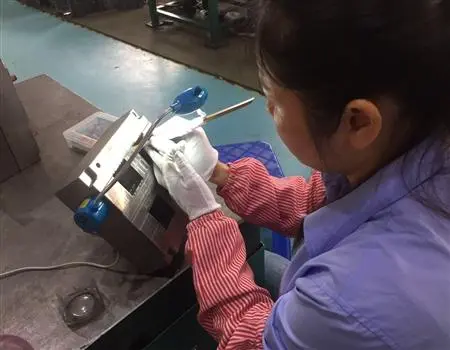
Conclusion
Demolding challenges can significantly impact production efficiency and quality. MDC Mould’s comprehensive approach to mold design, material selection, surface treatment, and temperature control ensures superior performance, even in demanding applications. By choosing MDC Mould, you’re investing in reliable, high-quality molds engineered to solve your demolding challenges.
